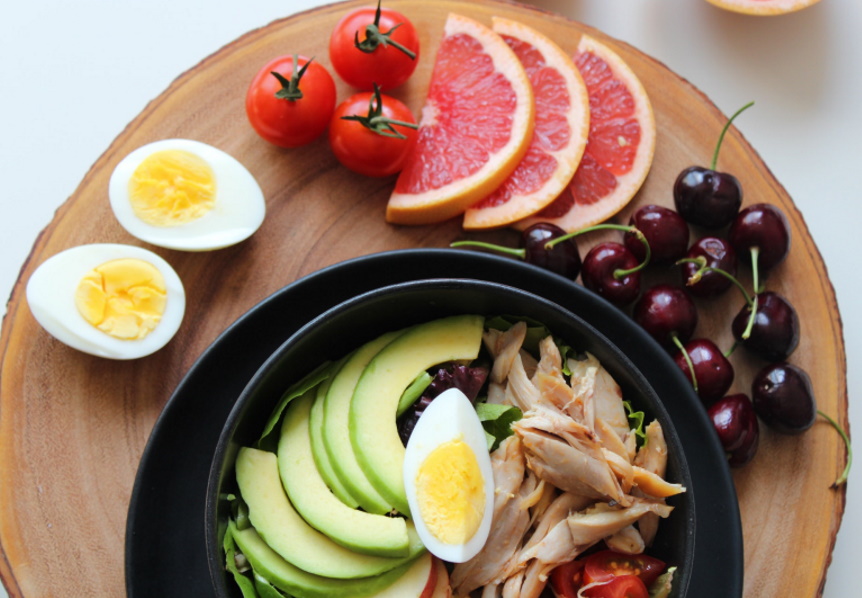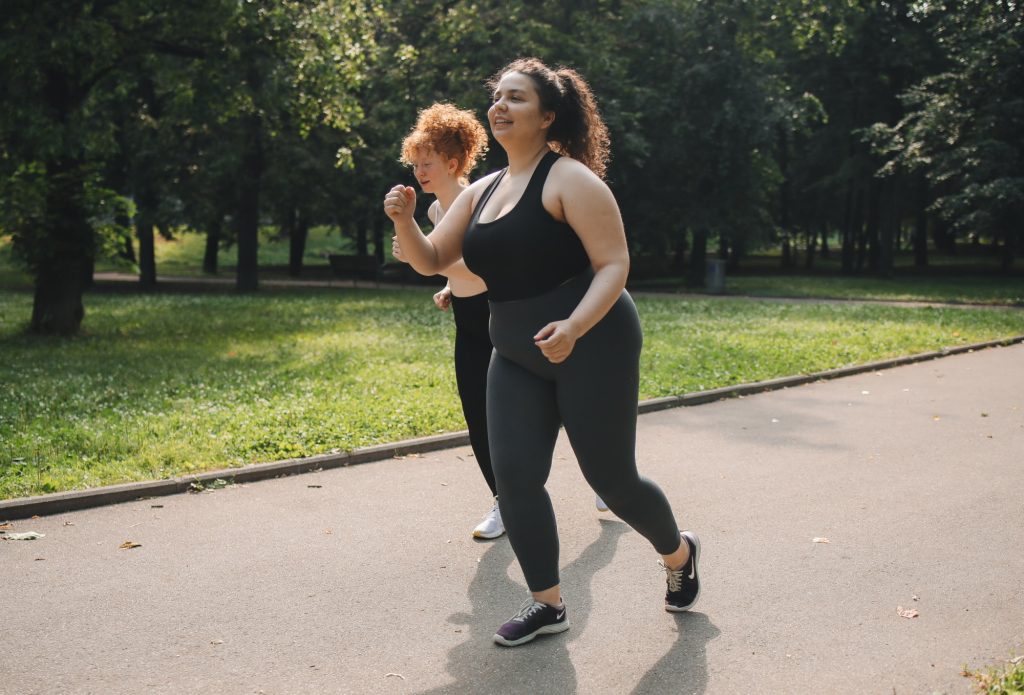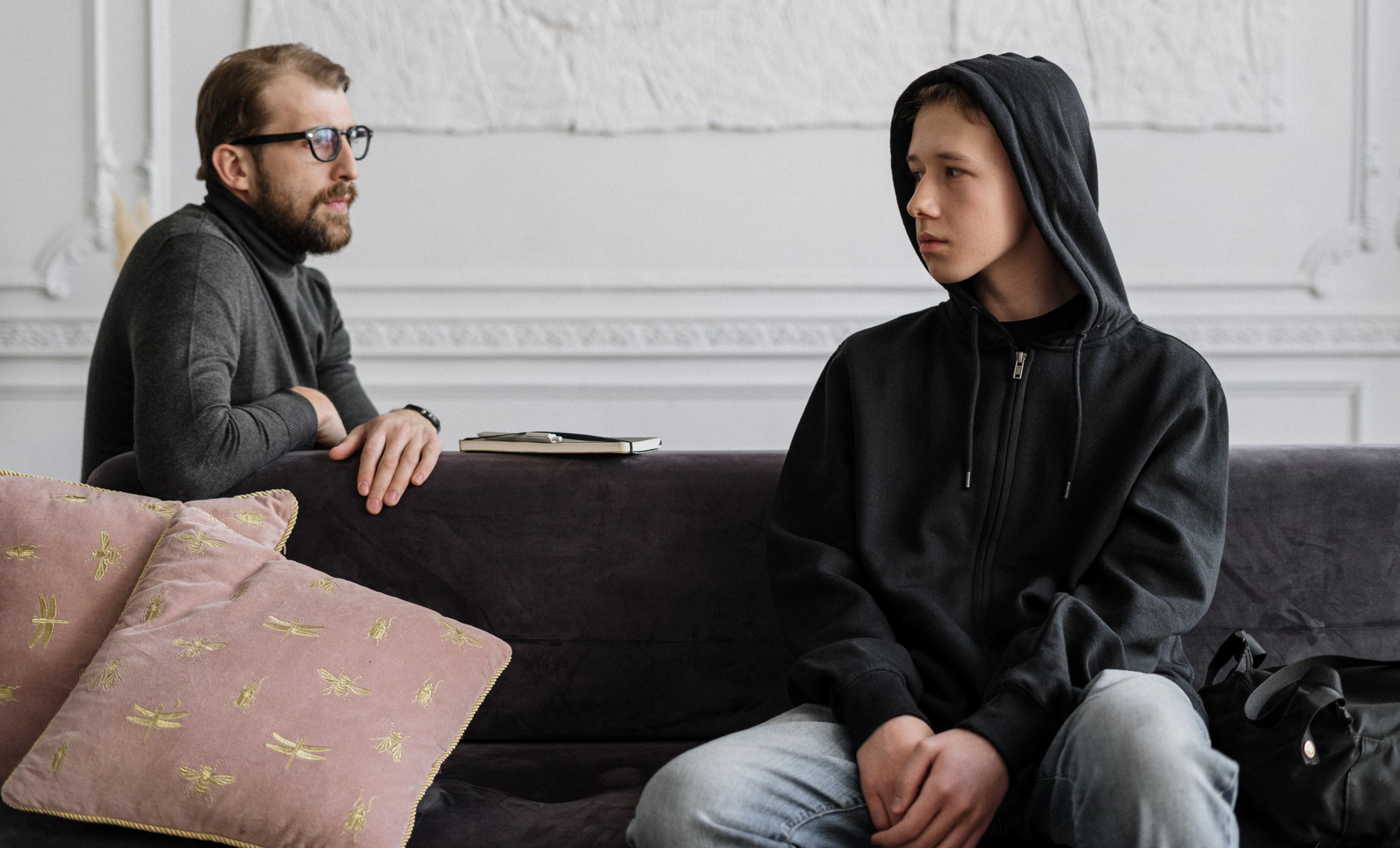It can be exhausting.
The instructions are simple: “Pay attention,” “don’t do that,” “try harder,” or “do this instead.” Yet, despite our best efforts, our children or we can’t.
So why is it so hard to pay attention?
Even when we’re really trying to pay attention to something, at some point, about half of us will drift off into a daydream or have urge to check and do something completely unrelated.
What is going on? Why can’t we do something seemingly so easy? Why can’t we change?
Positive and negative reinforcement is a way of learning that uses rewards and punishments as its fundamental principle. It has been around since humans exist. Our brains tell us to eat food that looks good because it will give us energy. If the food tastes good, our bodies tell our brains where and how to get it again.
We quickly learn to do this whenever we see or need something to eat. Our nerve cells connect this, and habit is built.
We call this a trigger, behavior, and reward cycle.
Once it is rooted in our “system,” it is tough to change or “root out.”
Soon our brain realizes that getting rewards can be used for more than just finding food.
For example, when we feel the pressure of bad emotions, such as when we feel: sad, under pressure, replaceable, abused, undervalued, unheard, or criticized by loved ones, our brain can try to use food to make us feel better.
We listen to our inner voice and try that chocolate, or whatever other food and treats we love, and find out it works. We do feel better.
Same thing, different trigger.
Now we eat more not because we are hungry but because we feel good. We use food to counter stress, boredom or anxiety.
The new habit forms around the same pattern, and our brain quickly learns to use this to this reward patterns on other things too. It worked twice already, and it will probably work again.

When kids, especially teenagers, go through rough times or simply boredom, they can easily get attracted by things they have never done before. Start to smoke, drink, or do something dangerous to feel excited or cool. Get attracted to rebellious kids or choose such a boyfriend or girlfriend.
While doing that, they can receive affirmation and approval from their new comrades. They like that new good feeling. They give us comfort.
Repeat the whole thing, go further, and escalate excitement.
Feel good, feel cool, and excited.
Trigger – behavior – reward.
A new path is established. Before we know what happened, our kid has new habits we don’t know how to deal with.
Why am I talking about this, and how does it relate to our or our kids’ lack of patience?
Why don’t we try one experiment instead of fighting this ancient hard-wired pattern which is forcing things on our children and us?
The idea is to give our brains something more exciting, engaging, and satisfying to make new paths instead of us trying to battle the old ones on the force. Let’s give our brains food to make them pay attention and not wander off.
Is it possible?
Let’s give it a try and have a lot of patience.
5-step process establishing a good habit with an example
Step 1 – Trigger
We need to make things interesting. The brain is a curious wonder of nature. We need to feed him something exciting and informative so the brain makes proper conclusions.
We do this by providing information and clear examples of why the new habit is better for us.
Suppose we would like to have more awareness and attention to our actions. To achieve that, we need to make the things we do more interesting. See the “big picture” and perspective on what the advancements can bring.
“If I pay more attention to this, I will become better. Becoming better in this is satisfying.”
Eating all these cakes and chocolates was terrific, satisfying, and tasty. No denying that.
But I am not so healthy. With this, we are disillusioned with the “benefits” current habit provides.
I would look much and feel better if I started eating healthier.

Why stop there? Let’s visit the local gym, ballet, or taekwondo club I have in the vicinity.
I like what those people look like! What can they do?!
I can do and look something like that with time.
Step 2 – a new behavior
We are moving from acknowledgment and information to knowledge. Now is the time to act.
By starting to visit the gym or any other sports club you and your child prefer, new healthier habits begin to be introduced. As the benefits start to be seen, the environment is better and, probably, the company.
That will drive us to continue and change the diet, so we can have better results and advance faster.
Our brain will see the difference and benefits and start to make new neural paths required for establishing new habits.

In this phase, we are moving from knowledge to wisdom. As the new behavioral path kicks in, it becomes evident that it is better than the old one we are replacing.
Step 3 – time
Patience is a virtue.
To form new habits, you need to be patient and let them happen on their own without trying to force them.
Our brain, mind, and experience are becoming more evident. As we see how beneficial our new habits are, we will stop believing in the ones we used to value.
As parents, it’s important to remember that new habits take time to form. Be prepared to work on this for at least a few months. It might take even longer, but it will be worth it in the end.
Step 4 – persistence
We must be aware of the possibility of returning to old habits as soon as there is a stressful, tempting, or challenging situation. We should not lose focus until our new habit is fully wired and firmly established.
We can quickly return to old practices as soon as something unexpected happens. And these situations will happen for sure.

When something stressful happens, like having a bad day at school or work or getting angry at a kid or partner, our child breaks up with his or her boyfriend or girlfriend. Anything stressful where we can’t help ourselves, we can instantly embrace our old bad habits.
Because of this, we have to lose faith in the benefits of the old habit and fully understand and embrace the better one we are making. We have to keep at it long enough for the new habit to take over.
There is no magic pill or something that happens overnight. To get to this point, we have to decide to change, be interested in the possibility of new experiences and personal growth, lose interest in the old habit, keep going, and let the process take its course and happen naturally.
We go with the small steps we can handle from moment to moment instead of being hit by a big, scary ambition that chokes us.
Once we are aware of it we should listen carefully our children, communicate with our children in a way acceptable for them, teach them how to handle conflicts, and be very patient.

In other words, when we are curious, we step out of our old, fear-based, reactive habits and into something new and better we need time to get accustomed to
Look at that as a new game. In the beginning, it can be challenging, despite how interesting it might look. You need to understand the new rules and development paths. After a few hard levels, you begin to understand the game. Then you start leveling up more easily. You get stronger and enjoy your new abilities, and you almost forget how hard it was just a few days ago.
Once we achieve this, old habits will become less appealing to us. They will be a less interesting, less attractive option at our disposal. We will naturally let go of old habits, not because someone forced us, but because it becomes a logical and obvious choice.
When this happens, our new habit is fully established and dominant.
Step 5 – the reward and conclusions
To replace the old habit with the new one, persistence and consistency are vital to getting results.
We need to make sure that the work is worth it.
We need to get something we can hold in our hands, see how things have changed, and feel like we have something new to be proud of.
That can be a new group of friends with whom we feel truly happy, a better workplace, a stronger body, improved health, and better grades. Anything that will make you feel satisfied due to the new habit.
Once the better habits are established, and we are fully aware of the better options we have at our disposal, the old bad habits will be less interesting and less attractive as an option.
I based this article on extensive research and personal experiences on this topic.
I went from an unhealthy person to a strong one.
I am in the best shape of my life at age 45.
Professionally and professionally, I am more satisfied than ever.
My wife has been taking ballet lessons since she was 38. She has become very good at it and is enjoying it immensely.
My eight-year-old son is happily looking forward to his taekwondo classes. He became more confident and made more friends.
Overall, our experience was very positive, and I hope it will help you too.
This text might contain links to the products, so I can get a small commission if you buy them. That way, you are supporting this blog, for which I am thankful.

